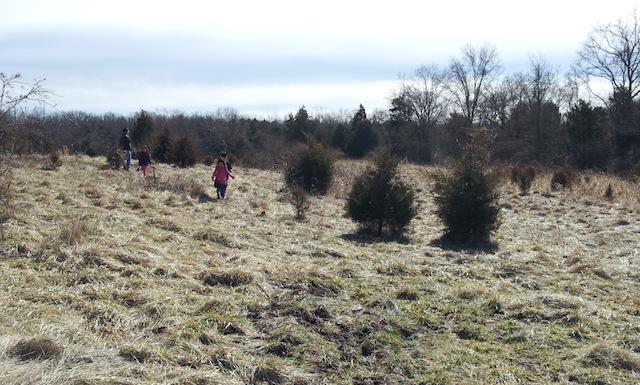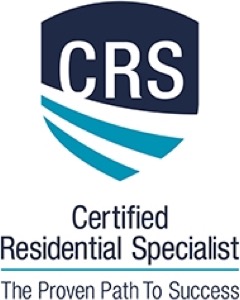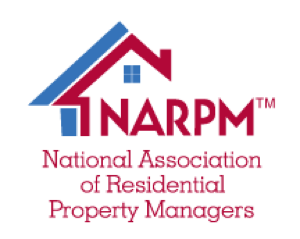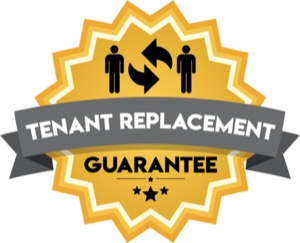When we first moved to Fairfax County we knew that homes in this area easily average in the $500,000 – $750,000 range…for starter homes! My family and I spent a few Saturdays looking at homes and we narrowed it down to three options:
- Buy a nice, newer home in Willowsford, located in Ashburn. The homes were awesome, and located in a farm-based community. However, we would have to commute 20 minutes, twice a day, to our kid’s school in Centreville…and we wouldn’t have a farm we could call our own.
- Buy an older home, close to Centreville. We saw some beautiful pieces of land that were maybe 5-10 minutes from Centreville, but the homes were old and we didn’t like the floorplans much…and after spending all that dough on the property, we’d have no money left to renovate.
- Find acreage in Centreville and build a new home. This would be the best of both worlds, but land is scarce and expensive!
Well, as of last week, I’m happy to report that we are under contract for 3.9 acres just 1 mile from our kid’s school! Option #3, here we come!
I will be blogging about this process so that anybody else contemplating a custom build can get a better sense of what is involved. So, ready to start the home of your dreams?
STEP 1: Hire your favorite HOMEboy. That’s me, in case you’re wondering. You can call, text, email, or take me out to lunch…whatever it takes to get a face to face meeting with me so we can discuss your goals and how I can help.
STEP 2: Get pre-approved. This is the textbook answer. It just makes sense to know what financial products are out there and the type of financial commitment this could take. Don’t know what lenders to start calling? Remember step 1? I have plenty of referrals.
STEP 3: Set up an auto-search. You will do your fair share of driving around to discover whether you like a community/area or not. It’s important that we leverage technology to make those driving around efforts more efficient. I had at least 3-4 different searches that would alert me the moment any land over two acres came on the market, or if a home with acreage in my price range hit the market, etc.
STEP 4: Negotiation and Contract. Going from step 3 to step 4 can take some time. If you’re looking for raw land, or a home to tear-down and then re-build, it takes patience. These aren’t normally in abundance and can be more complicated to locate.
STEP 5: Feasibility Period. We’ll end this blog on this step because this is the step I’m at in real life! As of today, I’m in a 60 day feasibility period. The concept is simple: Now that you have the land under contract, you want to make sure it’s suitable to what you are trying to accomplish.
If it’s raw land and you are not connecting to city utilities, the main concern is the septic system and well (sewer system and water source). Now is the time to conduct a soil survey and get a septic designer to help you obtain a Drainfield Certification Plat. This will help you determine the capacity of your on-site sewer system, location, and estimated cost. You’ll also find some companies that can help with both septic and well.
There are other tests you may want to conduct depending on the location of the land and what you want to accomplish with it. Here is a brief list:
- Land classification
- School district
- Topography
- Boundaries
- Bodies of water/Flood plains
- Neighbors
- Zoning
- Tree survey
- Can the property be sub dividable
- Electrical utilities
- Environmental studies
- Set backs and building restrictions
- Easements and right-of-ways
- HOAs
- Covenants, Conditions and Restrictions
Stay tuned for more!
~Your Favorite HOMEboy,
Edward














